Filling the open areas between the motifs – typical in Schwalm whitework – tendrils, small leaves and small flowers were worked. Embroidering these small embellishments is straightforward with little opportunity for variations, so both runners are very similar in these areas.
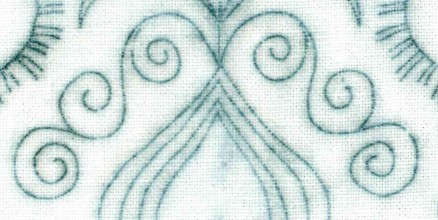
The tendrils on the oval runner were worked with Coton à broder No. 20.
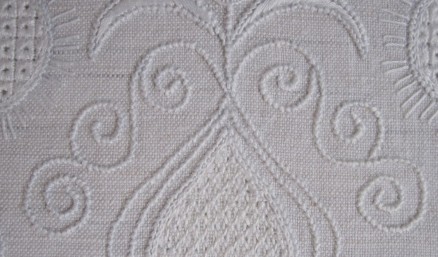
The tendrils on the rectangular runner were worked with Coton à broder No. 16.
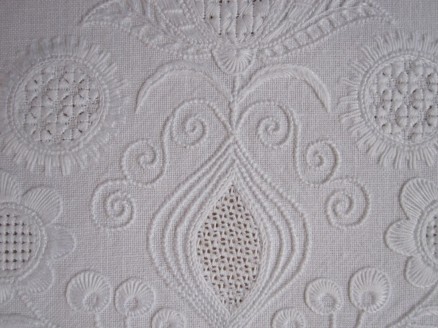
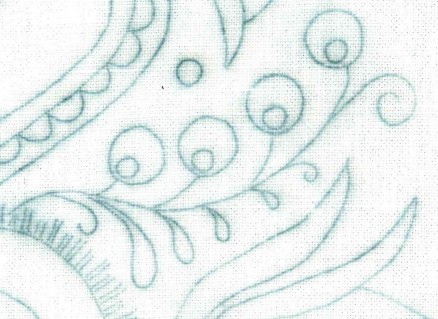
For the short stem with small flowers and rounded leaves on the oval runner Coton à broder No. 20 was used for the Coral Knot stitches and No. 25 for the Blanket stitches.
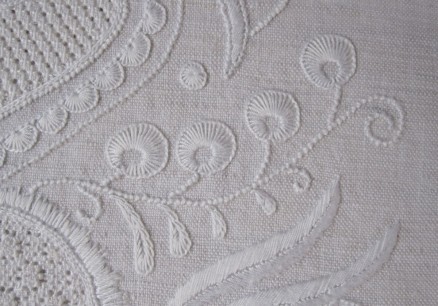
On the rectangular runner the leaves were worked using Satin stitches instead of Blanket stitches.
Coton à broder No. 16 was used for the Coral Knot stitches, No. 20 for the Blanket stitches and Satin stitches.
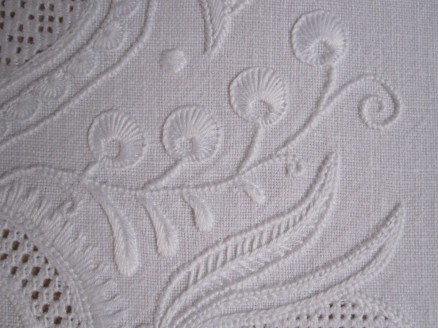
Of course, the same threads were used on the remaining stems with small leaves and small flowers.
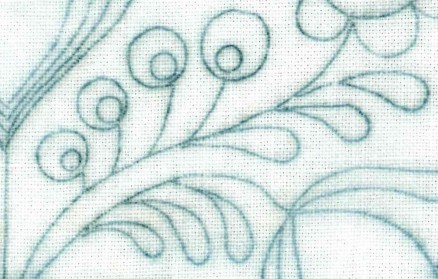
On the oval runner Coton à broder No. 20 was used for the Coral Knot stitches and No. 25 for the Blanket stitches.
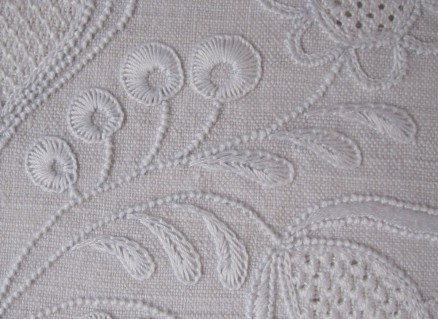
On the rectangular runner the leaves were again worked using Satin stitches instead of Blanket stitches. Coton à broder No. 16 was used for the Coral Knot stitches, No. 20 for the Blanket stitches and Satin stitches.
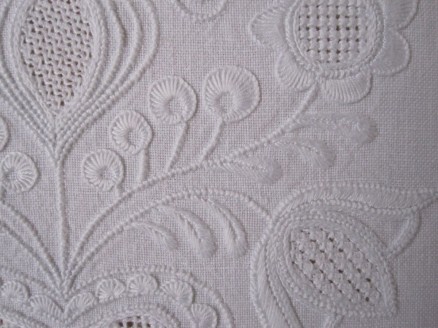
The first part of this series can be found here.
The previous part of this series can be found here.
This comparison of two embroideries using the same outline design shows the wide range of possibilities one has in choosing filling patterns, stitches, thread weight, and hem decoration.
Abundant variations make Schwalm whitework unique, and the working of it so exciting.
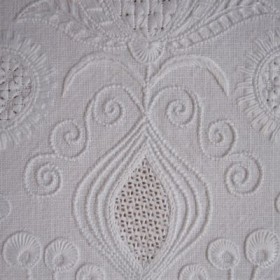


Leave a Reply